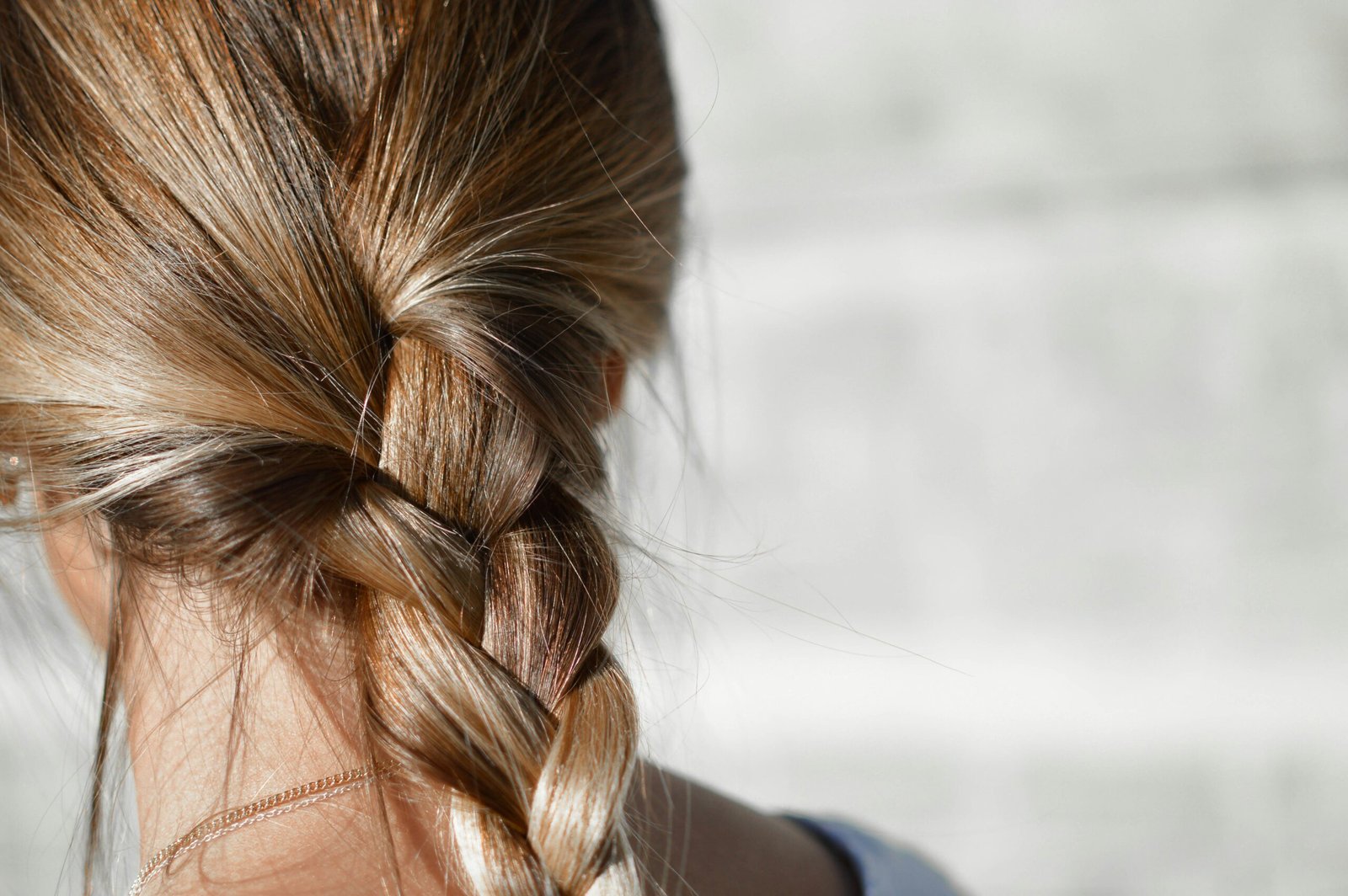how to regrow hairline male
how to regrow hairline male “Understanding Hairline Recession in Men”:
Hairline recession is a common concern among men, often leading to questions about how to regrow hairline male patterns. Understanding the underlying causes is crucial for addressing this issue effectively. One of the primary factors contributing to hairline recession in men is genetics. Male pattern baldness, or androgenetic alopecia, is inherited from either parent and affects around 50% of men by the age of 50. This genetic predisposition makes the hair follicles more sensitive to dihydrotestosterone (DHT), a hormone that shrinks hair follicles and shortens the hair growth cycle.
Hormonal changes also play a significant role in hairline recession. As men age, the levels of DHT increase, leading to a gradual thinning of the hairline. This hormonal influence is why many men begin to notice hairline changes in their late 20s and early 30s. Additionally, lifestyle factors such as stress, poor diet, and smoking can exacerbate hair loss. High stress levels can lead to telogen effluvium, a condition where hair follicles enter the resting phase prematurely, resulting in noticeable thinning.
Understanding the stages of hairline recession can help in identifying the appropriate interventions. The Norwood Hamilton Scale, a widely used classification system, outlines the progression from minor thinning to significant hairline loss. Early stages involve the recession of the hairline at the temples, forming an “M” shape. As the condition advances, the hairline recedes further, and the thinning extends to the crown of the head. Eventually, only a band of hair around the sides and back of the head remains.
Statistics underline the prevalence of hairline recession among men. According to the American Hair Loss Association, two-thirds of American men will experience some degree of appreciable hair loss by age 35, and by age 50, approximately 85% of men have significantly thinning hair. These figures highlight the importance of understanding and addressing hairline recession as a widespread issue.
how to regrow hairline male : Diet and Nutrition for Hairline Regrowth:
1:A balanced diet and proper nutrition :
play a pivotal role in supporting hair regrowth, especially for men looking to restore their hairline. Key vitamins and minerals are essential for healthy hair and can significantly contribute to hairline regrowth. Chief among these nutrients are biotin, vitamin E, zinc, and iron.
Biotin, a B-vitamin, is crucial for the production of keratin, the primary protein that makes up hair. Foods rich in biotin include eggs, almonds, and sweet potatoes. Vitamin E acts as an antioxidant, helping to reduce oxidative stress and protect the scalp. Sunflower seeds, spinach, and avocados are excellent sources of vitamin E.
Zinc plays an important role in hair tissue growth and repair. It helps keep the oil glands around the follicles working properly. Foods high in zinc include oysters, beef, and pumpkin seeds. Iron is essential for carrying oxygen to the hair follicles. A deficiency can lead to hair thinning. Incorporate iron-rich foods like red meat, lentils, and spinach into your diet.
Staying hydrated is equally important, as dehydration can lead to dry, brittle hair and an unhealthy scalp. Aim to drink at least eight glasses of water a day to maintain optimal hydration levels.
A healthy scalp is crucial for hair regrowth. Foods rich in omega-3 fatty acids, such as salmon, chia seeds, and walnuts, can help maintain scalp health by reducing inflammation and promoting blood circulation.
To maintain a hair-friendly diet, focus on consuming a variety of nutrient-dense foods and minimizing the intake of processed foods and sugars. Additionally, certain dietary supplements can aid in the process. Biotin supplements, vitamin D, and hair-specific multivitamins can provide an extra boost to your nutritional intake, supporting hairline regrowth.
how to regrow hairline male “Topical Treatments and Medications”:
When exploring how to regrow a hairline for men, topical treatments and medications often form the first line of defense. Among over-the-counter options, minoxidil is widely recognized. Available in solutions and foam, minoxidil works by stimulating hair follicles and extending the growth phase of hair. Clinical studies have shown its effectiveness, with many users reporting noticeable improvements in hair density and regrowth within three to six months of consistent use. However, potential side effects such as scalp irritation and unwanted facial hair growth should be considered.
Prescription medications like finasteride offer another compelling option. This oral medication works by inhibiting the conversion of testosterone to dihydrotestosterone (DHT), a hormone linked to hair loss. Finasteride has been clinically proven to reduce hair thinning and promote regrowth. However, it is essential to be aware of its side effects, including sexual dysfunction and mood changes, which affect a small percentage of users. Consulting with a healthcare professional is recommended to weigh the benefits and risks.
Natural remedies, though less researched, provide alternative avenues for those looking to regrow their hairline. Essential oils such as rosemary, peppermint, and lavender have been traditionally used to promote hair growth. These oils can be diluted with carrier oils and massaged into the scalp to stimulate blood circulation and provide essential nutrients to hair follicles. While anecdotal evidence supports their efficacy, scientific validation remains limited.
In addition to individual experiences, clinical study results can offer valuable insights. For instance, a study published in the Journal of Dermatology found that 5% minoxidil was significantly more effective than 2% minoxidil in promoting hair regrowth. Similarly, another study highlighted that men using finasteride experienced a 30% increase in hair count after six months. These findings underscore the potential of topical treatments and medications in addressing hairline regrowth for men.
how to regrow hairline for male “Lifestyle Changes and Professional Treatments”
Making specific lifestyle changes can play a crucial role in supporting hairline regrowth for men. Reducing stress is one of the most effective ways to promote healthier hair. High stress levels can elevate cortisol, a hormone that negatively affects hair follicles, leading to hair thinning and loss. Techniques such as meditation, yoga, and mindfulness can help manage stress, fostering an environment conducive to hair regrowth.
Another critical lifestyle change is quitting smoking. Smoking constricts blood vessels, which reduces blood flow to the scalp and hampers hair growth. By quitting smoking, individuals can improve their scalp health, thereby encouraging the regrowth of a receding hairline. Similarly, maintaining a regular exercise routine enhances blood circulation, delivering essential nutrients to hair follicles and promoting hair health.
In addition to lifestyle changes, various professional treatments are available for those seeking to regrow their hairline. Hair transplants are one of the most well-known options. This surgical procedure involves transplanting hair follicles from one part of the body to the thinning or balding areas. The success rate for hair transplants is generally high, but potential risks include infection and scarring.
Low-level laser therapy (LLLT) is another treatment that has shown promising results. It involves using lasers to stimulate hair follicles, encouraging hair growth. LLLT is non-invasive and considered safe for long-term use, though it requires consistent sessions to maintain results.
Platelet-rich plasma (PRP) therapy is a newer treatment that utilizes the patient’s own blood. After drawing blood, it is processed to concentrate the platelets, which are then injected into the scalp. PRP therapy can enhance hair follicle function and promote regrowth. While PRP is minimally invasive, it may require multiple treatments and carries risks such as infection or pain at the injection site.
Choosing the right professional treatment depends on individual needs and the severity of hair loss. Consulting with a healthcare provider or a specialist in hair restoration can help determine the most suitable approach. Each treatment has its own benefits and potential risks, making it essential to consider personal health conditions and goals before proceeding.


Pingback: Treatment-does surface awaken regrow hair - Ahmed-expert